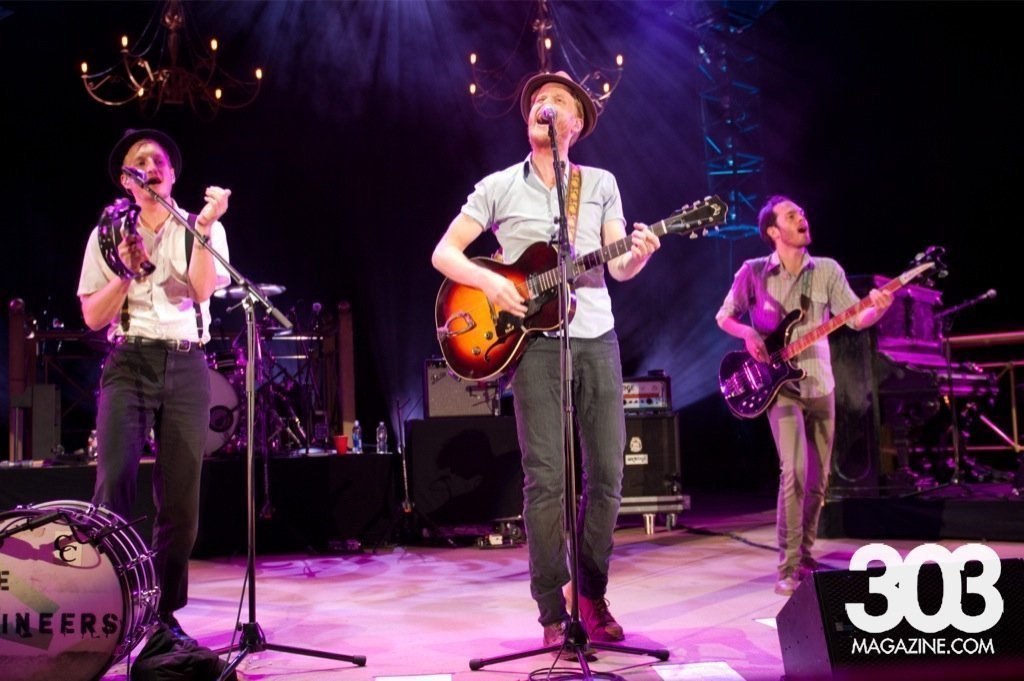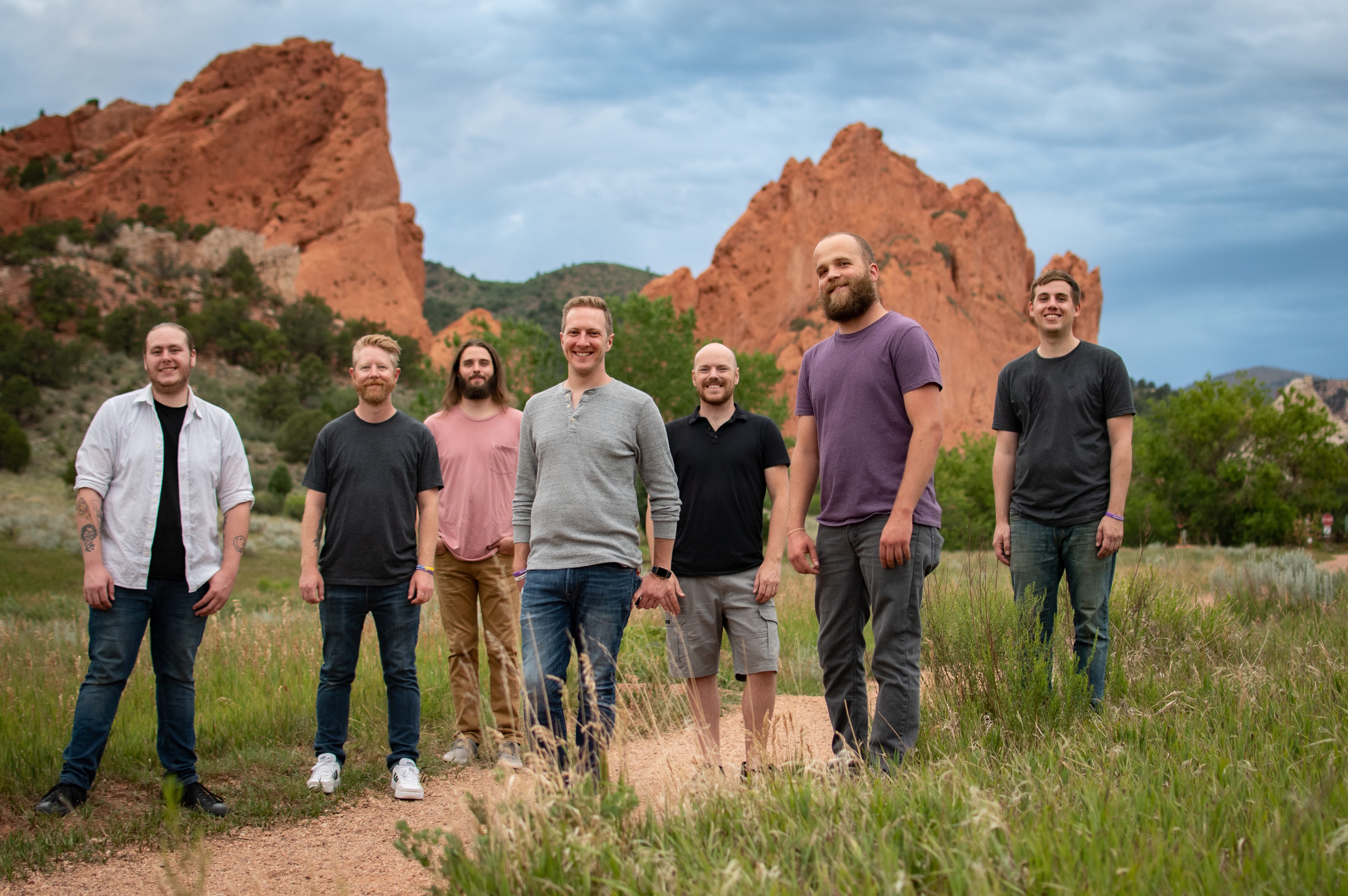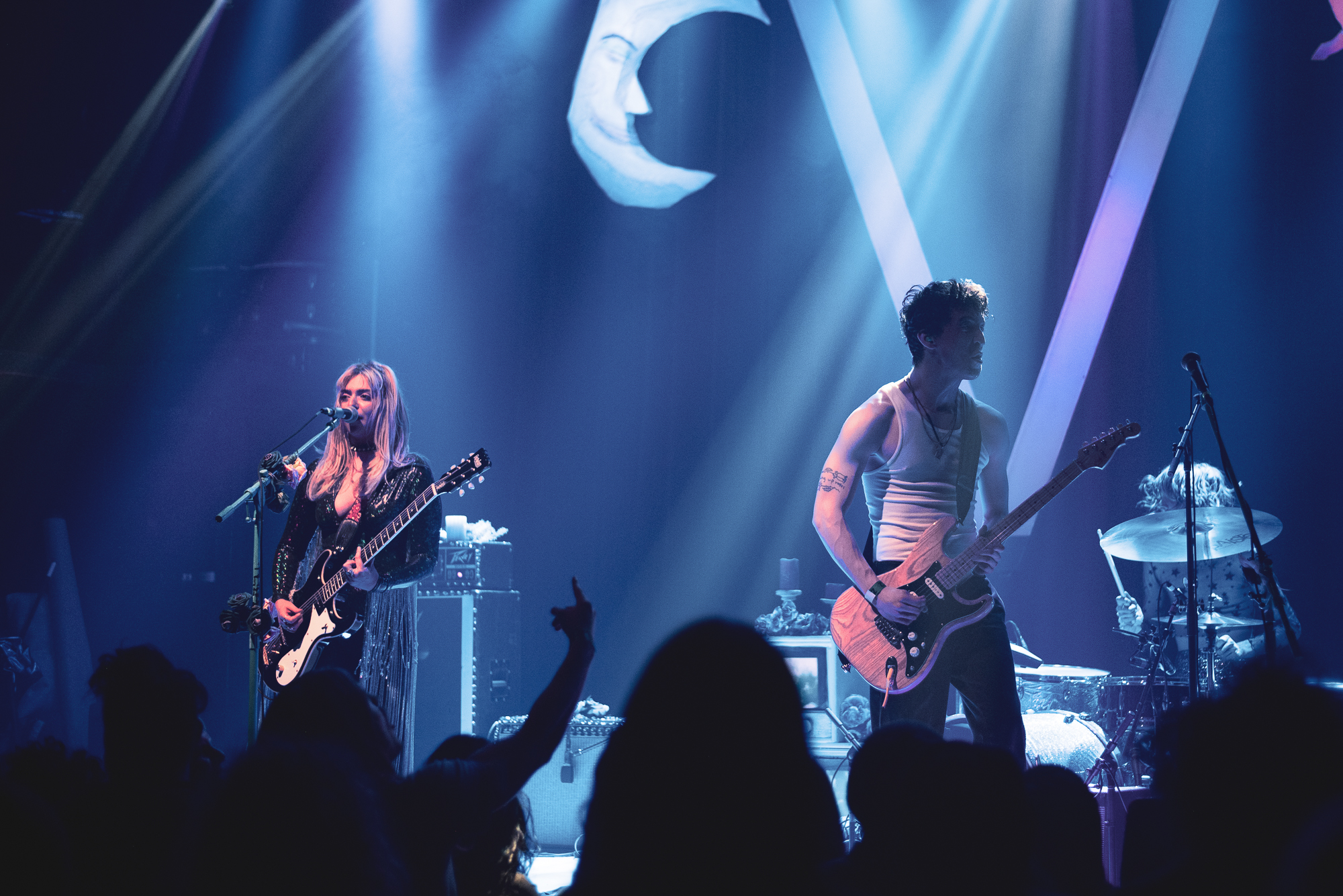Here at 303 Magazine, we touch base with plenty of individuals in the artistic community, none more so than local musicians. Denver isn’t the most prominent music capital in the United States, but it is certainly growing. The rising population means fiercer competition to get your music noticed. So, whether you’re just beginning in the music industry or you’ve been here for a while with little success on the promotional side of the business, we’ve compiled a “Starter Kit” of tips and advice to get you going on your professional music journey.

Starting with the most obvious of mentions, an artist or music group’s name should be thought out to some degree. It doesn’t need to be poetically brilliant, but it does need to be memorable. It’s good to be unique but if your stage name is too long or complicated it’s no bother to forget. Too long and only your family might remember it. Too complicated and a potential listener won’t take the time to decrypt your code. Many bizarre and fun names pass through the music desk here at 303 Magazine, but some are a pain to search for. An artist’s stage name should never fit the full requirements of an excellent security password.
Ideally, it’s something easy to remember and rolls off the tongue. Make sure it’s searchable and creative enough to be the only result that appears. If there’s a handful of supporting artists at a venue on any given night, the complex name won’t make the marquee. Avoid excess of “xs,” numerals and special characters, or else you’ll never show on a search. On the same note, an artist’s text font should be legible no matter how hardcore it looks or your sound is — that is if you’re trying to be found. Illegible fonts are reserved for artists who already have their names on people’s minds. It’s a write-off to new listeners if all they have to find you is a complex font from a press image.

As important as is to have an accessible name, don’t forget to have reliable outreach. When someone doesn’t know the musician(s) personally but would like to connect, they need a more direct and reliable point of contact. Assuming growth and live performances are the goals it’s essential to establish a dependable line of communication — especially if any online presence is inconsistent. A reliable point of contact will summon more opportunities through promotion, collaborations and press.
Following up on press: be sure to have an EPK. “What is an EPK?” It’s an electronic press kit. Think of it as your “get to know me” as an artist for email communications. It’s all the information a fellow music industry professional would want to know about your background and work. It should include a personal greeting, artist bio, music, high-quality photos and links to all your platforms at the very least, as well as information on any upcoming performances. This is meant to be your sharpest and most convenient networking tool.
Vertical photos, horizontal photos, landscape photos — take them all and have them all. Quality photos are a must for all artists. Having a wide variety of photos in different formats is a great thing. Different advertising and digital community domains will vary and not all photos will fit the same parameters. If you have some extra cash, a professional photoshoot is a worthy investment for any up-and-coming artist.

Your images will establish who you are, what you play and insight into your stage presence. Frequently updated visual identification is a confirmation that you do perform. Professional photos are best but good quality images are also possible with a smartphone, the right hands and know-how behind the lens. The higher quality the image, the better. Poor quality images don’t get recirculated, shared and are rarely commented on.
In today’s age, you must have a social media presence. Its outreach, marketing and public relations rolled into one. It’s the quickest and frankly, the easiest way to spread information about your music. With an internet connection and an account, anyone can do it.
The big three account necessities would be Facebook, Instagram and TikTok. There are plenty more you can join for greater expansion but these are the most commonly used. Facebook is great for general information (genre, location, members, events) and out of all media forms, it’s the main stage for your audience to get to know you in the absence of your music. Instagram is a great platform for photos, but it’s also a way for an audience to stay directly connected to an artist’s weekly activities through the stories feature. Take full advantage of everything offered.

Similar to Instagram, TikTok allows followers to feel personally connected to the artist or group. Some artists upload beats, melodies, music, etc., and ask others to use them in their own videos or “duet” it — a feature on the app that allows for video collaborations from any user to soundtrack the same audio published from the original video. Most notably, the audio functions and features allow sound produced in any video to be saved and reused enough to land themselves on a “trending sound.” So not only does it offer a means of communication with your audience but an opportunity to create with others, increasing your outreach and in turn your audience. Full commitment to social media presence is hard work but it’s not impossible to do on your own. Consistency is key when it comes to social media.
Finally, the most important element to remember when beginning your journey is an accessible space where an individual can find and hear your work. This gives a point of reference to find exactly what a potential audience is looking for: your music. Everything listed earlier are helpful tools for the beginner but it’s all for nothing if there’s no music to listen to. Not all of your tracks may yet be available on streaming sites so make sure you’re spreading your work through different platforms and forms of media. This could be a recorded video of a live performance or a sneak peek at a recording session. There’s also the option to go live on a website or platform to potentially gain more followers while playing what is in essence a virtual live show. Overall, the more opportunities you create as an artist for your work to be shared and viewed, the better.
To keep up-to-date with all of 303 Magazine’s latest music finds, follow our playlist on Spotify.





